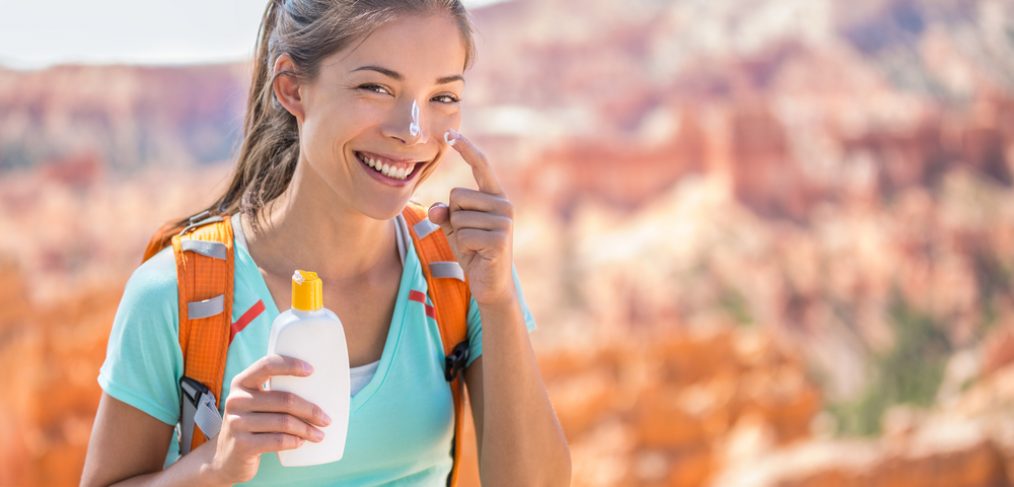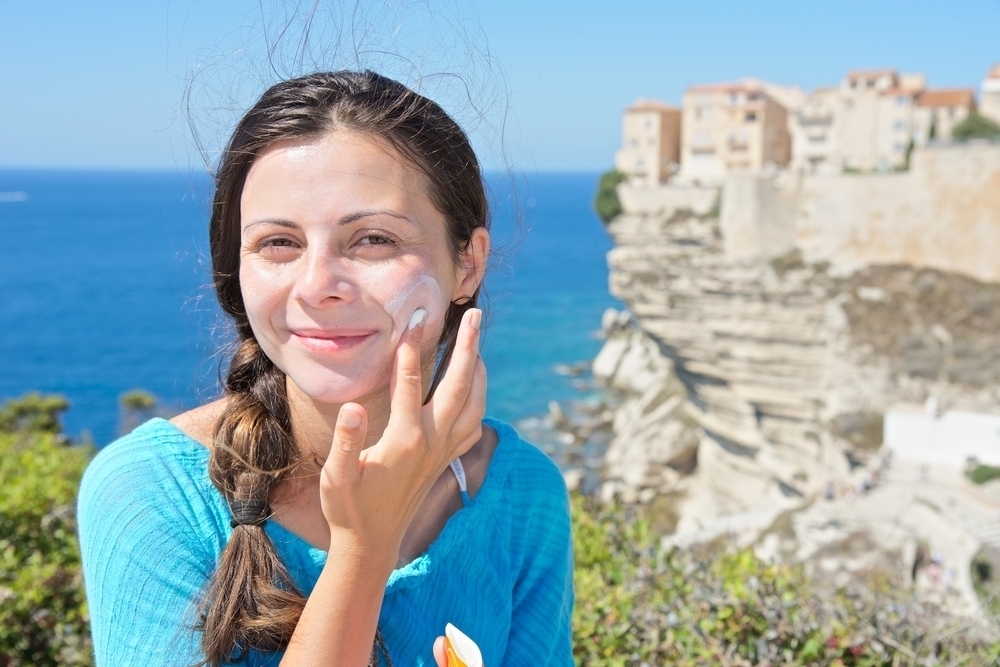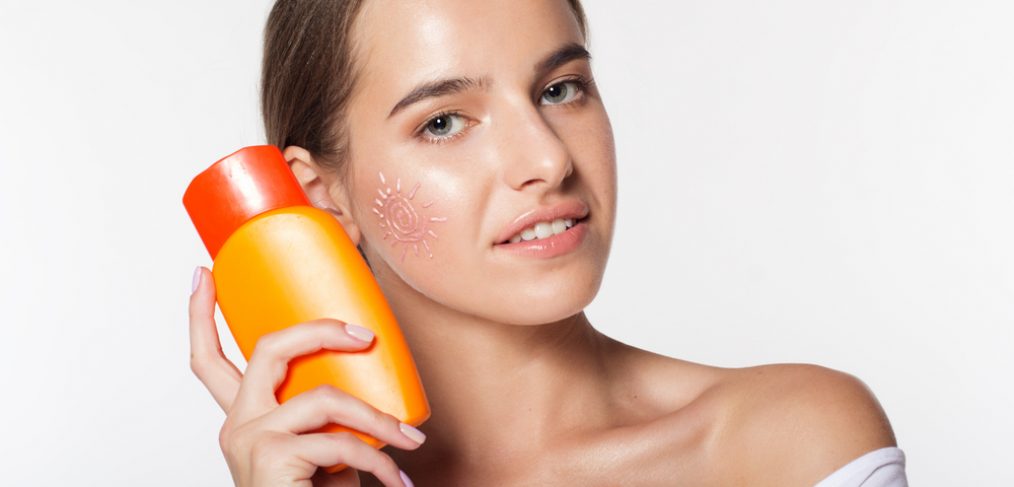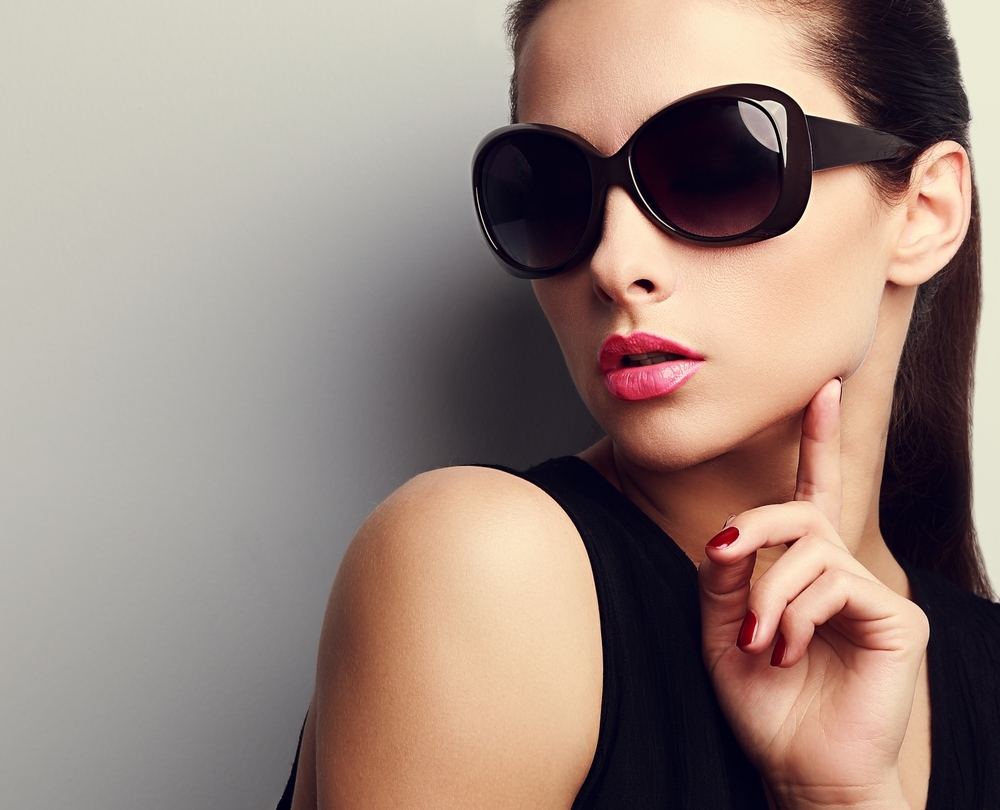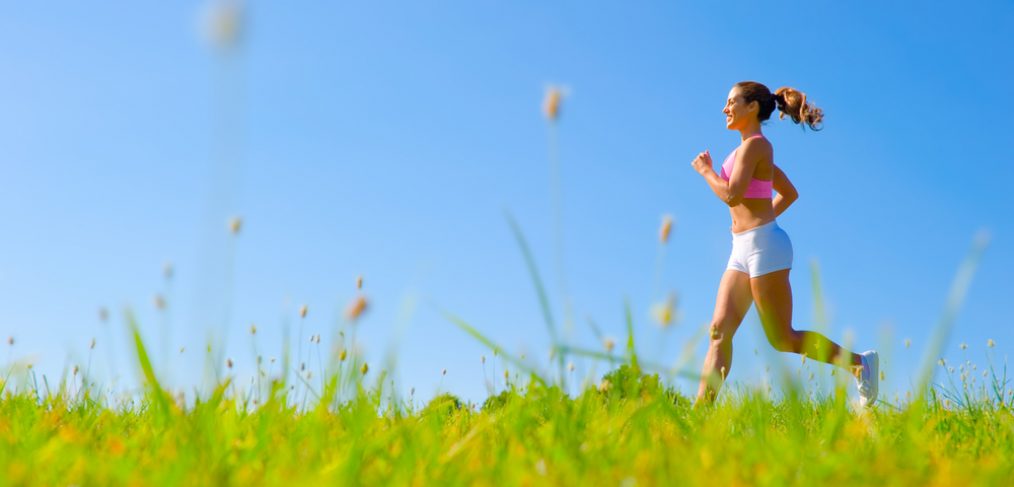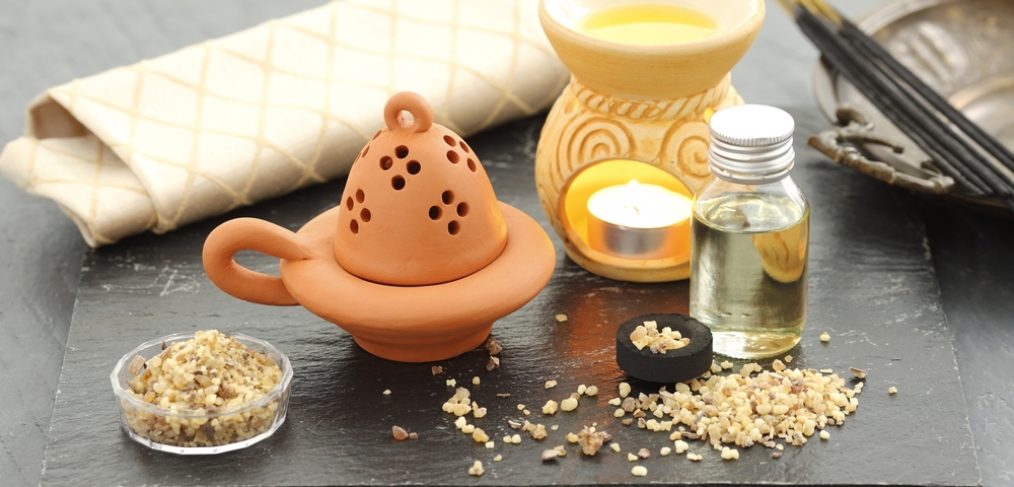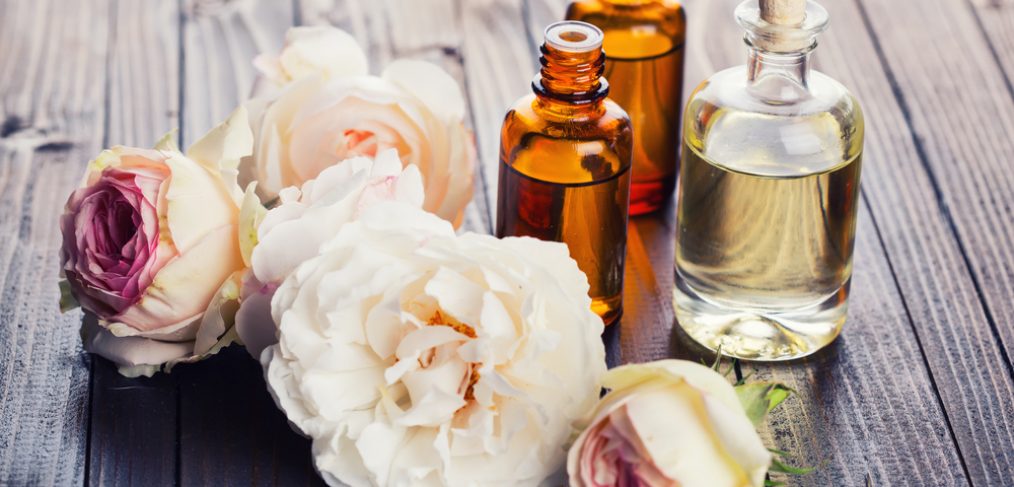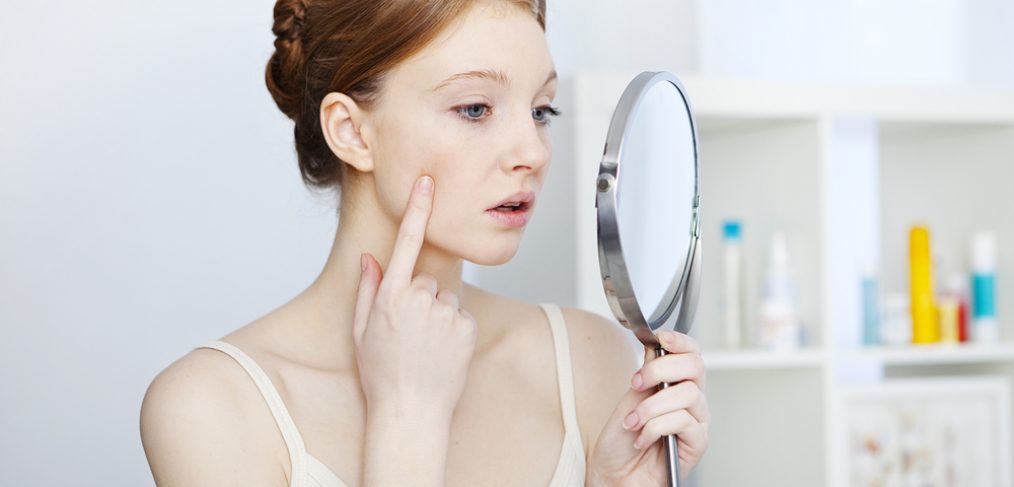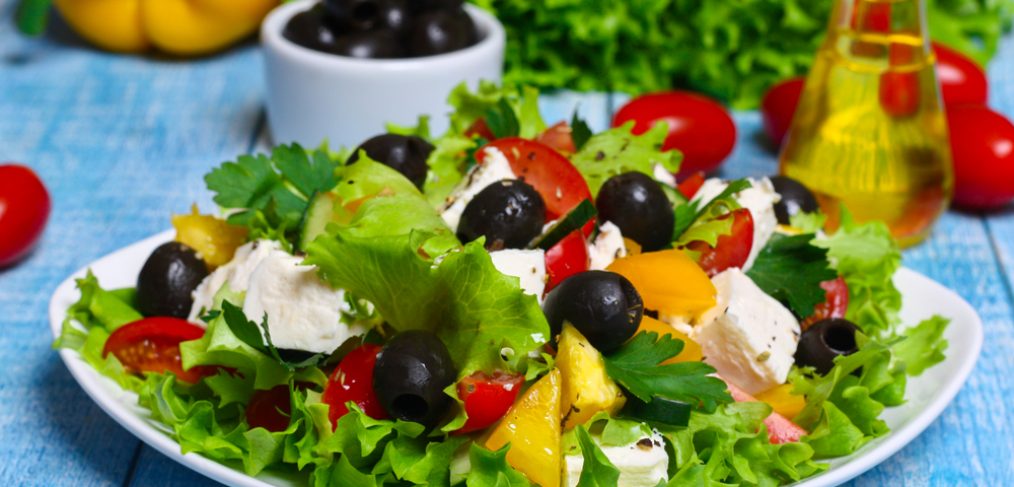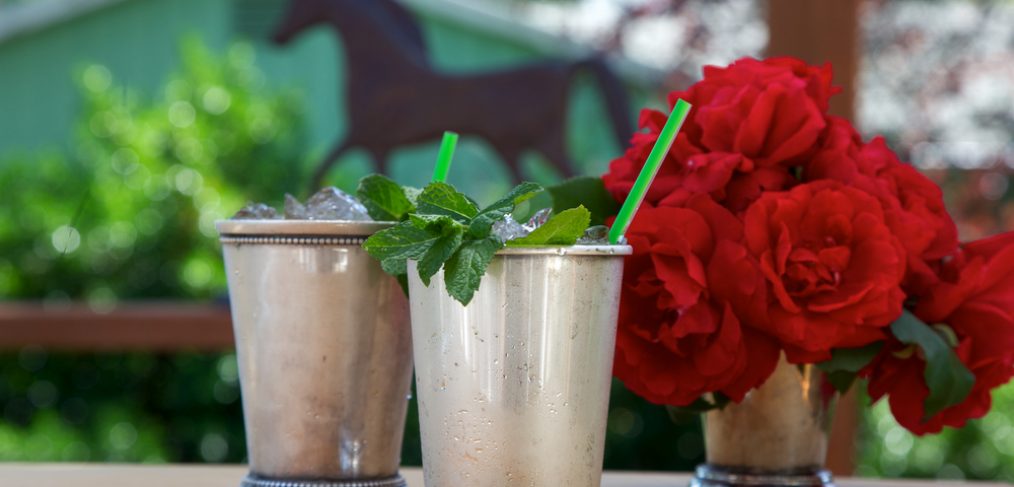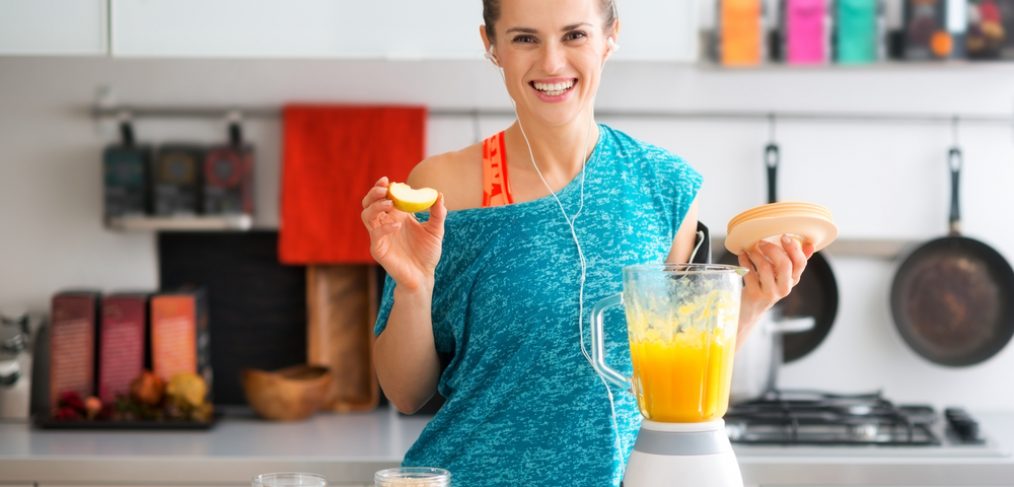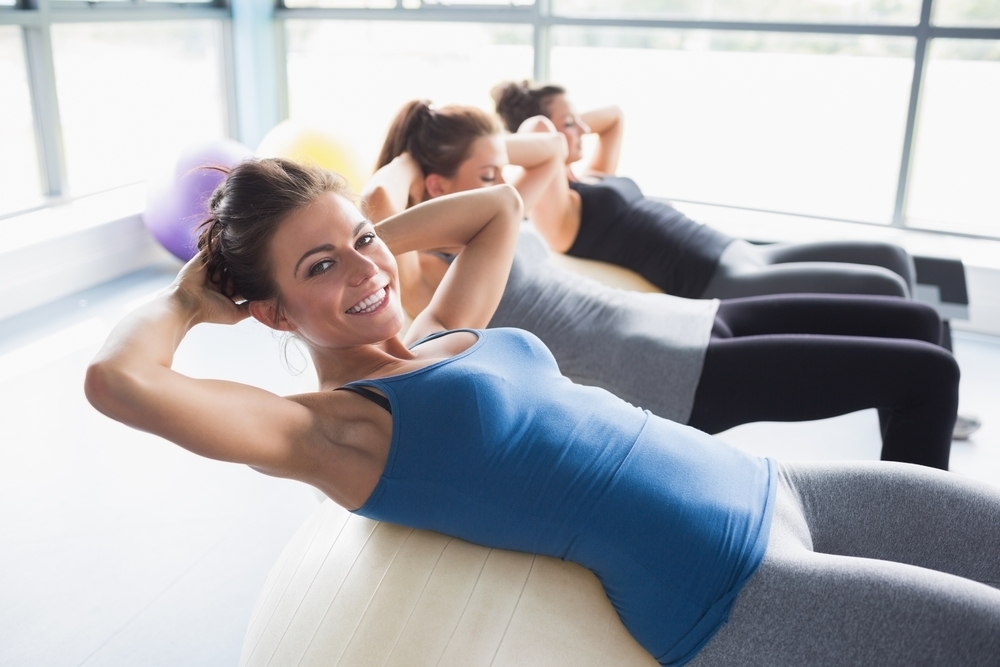With all the information available about the damaging effects of sun exposure, it seems as if sunscreens are no longer just an option, they are pretty much mandatory. But many of us dislike the chemicals sunscreens contain. Well, for those of us who feel that way, there are mineral sunscreen formulas on the market… but not all mineral sunscreens are safe. Read on to find out the best products for you in natural sunscreens.
Let’s start by looking at why we might want to avoid chemical sunscreens. They have been found to accumulate in body fat and breast milk and have been linked to hormonal disruptions like early onset puberty, low sperm count, breast cancer and allergic reactions. It is also said that they absorb UV rays, allowing them to penetrate into the skin where they can cause free radial formations that can lead to premature aging and skin cancer.
For these reasons, natural sunscreens, or those that contain only zinc oxide and titanium dioxide as their natural ingredients, are more popular than ever. They work against both UVA and UVB rays and are effective immediately after application, unlike chemical sunscreens that can take 30 minutes before they start working.
However, health and beauty writer Liz Thompson warns us to beware, as certain mainstream brands simply add these minerals to their sun protection line up without actually reformulating to safe products. These products may still contain harmful chemicals.
Consumer Reports questions the effectiveness of natural sunscreens claiming that many products that use zinc oxide as its only active ingredient were getting feedback from customers that the products didn’t work as well as they claimed to. Further investigations yielded lotions with an SPF 50 only performing at an SPF of 8. CR goes on to say that they believe the natural sunscreens perform poorly because most mineral sunscreens contain particles which do not form a uniform film on the skin that is necessary for maximum sun protection. They go on to recommend using a mineral product which comes close to its SPF (since they claim none quite add up) or going with a chemical sunscreen choice.
Organic sunscreens are another option. These products, likely to contain oxybenzone as their active ingredient, absorbs UV light, protecting your skin from UV damage. However, they come with their own drawbacks, including a higher risk of allergic reactions. Also, there is the possibility that the compound can be disruptive to hormones like estrogen. However, studies have proven that while oxybenzone does bind to estrogen, there was not enough evidence to suggest that the absorption affected hormone levels.
So, with all these pros and cons arising, what is one to do? Read the label. According to Dr. Josh Axe, here are a list of products you definitely want to avoid in your sunscreens
- Para amino benzoic acid
- Octyl salicyclate
- Oxybenzone
- Cinoxate
- Dioxybenzone
- Phenylbenzimidazole
- Homosalate
- Menthyl anthranilate
- Octcrylene
- Methoxycinnamate
- Parabens
So, what’s your take on it? Mineral, chemical, organic? Hit us up in the comments section. We’d love to hear from you!



